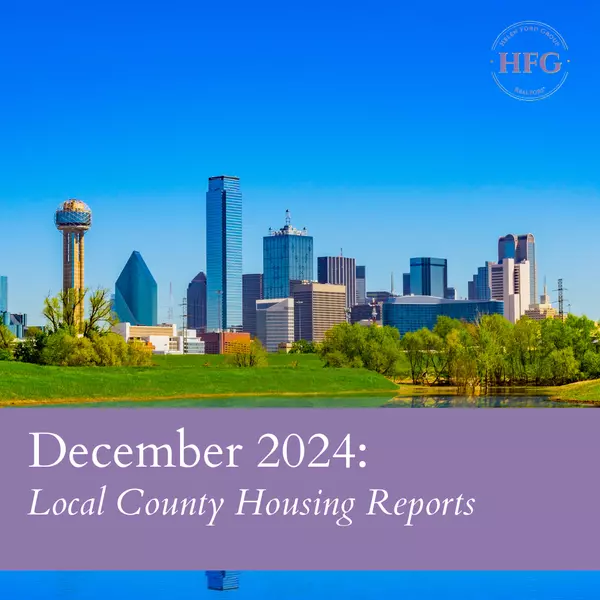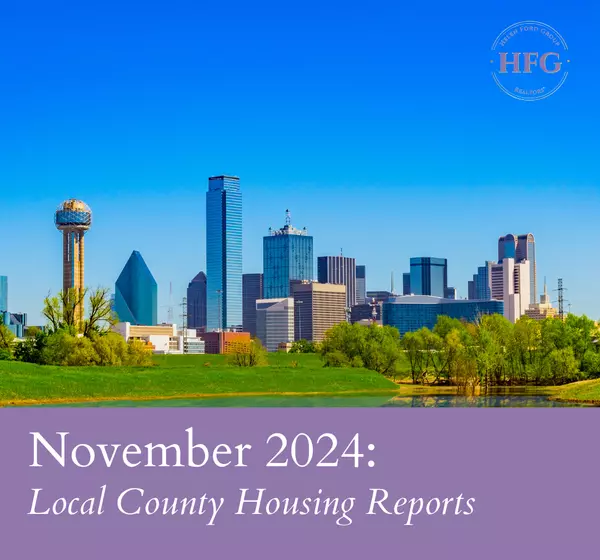
How to Save for a Home: Tips for Texas Homebuyers
The Dallas-Fort Worth (DFW) housing market has grown exponentially over the past decade, making it one of the most sought-after regions in Texas. With its thriving economy, diverse job opportunities, and family-friendly communities, DFW is an appealing destination for homebuyers. However, saving for a home in this competitive market can feel daunting. Here are some practical tips to help Texas homebuyers prepare financially for homeownership in the DFW area. 1. Understand the Market The first step in saving for a home is understanding the market you’re buying into. In DFW, home prices vary widely depending on location, proximity to city centers, and neighborhood amenities. As of early 2025, the median home price in DFW is approximately $400,000. Research neighborhoods that fit your lifestyle and budget, and keep an eye on market trends to time your purchase wisely. 2. Set a Realistic Budget Determine how much house you can afford by factoring in your income, debt, and savings. Use a mortgage affordability calculator to estimate your monthly payments, including principal, interest, taxes, and insurance (PITI). Aim to spend no more than 30% of your monthly income on housing expenses. 3. Save for a Down Payment In Texas, the typical down payment ranges from 3% to 20% of the home’s purchase price. For a $400,000 home, this means saving $12,000 to $80,000. Consider these strategies to boost your savings: Open a High-Yield Savings Account: Store your down payment funds in an account that earns competitive interest rates. Automate Your Savings: Set up automatic transfers from your checking account to your savings account to stay consistent. Cut Non-Essential Expenses: Reduce discretionary spending on dining out, subscriptions, and entertainment to redirect those funds toward your goal. Take Advantage of Employer Benefits: If your employer offers bonuses or stock options, allocate these toward your down payment. 4. Explore Texas-Specific Assistance Programs Texas offers several programs to help first-time homebuyers and moderate-income families: Texas State Affordable Housing Corporation (TSAHC): Provides down payment assistance and mortgage credit certificates. My First Texas Home: Offers low-interest loans and down payment assistance for eligible buyers. City-Specific Programs: Cities like Dallas and Fort Worth often have local initiatives. For example, the Dallas Homebuyer Assistance Program provides grants for down payments and closing costs. 5. Consider Closing Costs In addition to your down payment, you’ll need to save for closing costs, which typically range from 2% to 5% of the home’s purchase price. For a $400,000 home, this could be $8,000 to $20,000. Some sellers may offer to cover part of these costs, so be sure to discuss this with your real estate agent. 6. Improve Your Credit Score A strong credit score can help you secure a lower mortgage interest rate, saving you thousands of dollars over the life of your loan. To boost your score: Pay bills on time. Reduce credit card balances. Avoid opening new credit accounts while preparing to buy a home. 7. Work with Local Experts Partner with a local real estate agent and mortgage lender who understand the DFW market. They can provide insights into the best neighborhoods, help you navigate the homebuying process, and identify financing options tailored to your needs. 8. Be Patient and Flexible Saving for a home takes time, especially in a competitive market like DFW. Stay patient and be willing to adjust your expectations if necessary. For instance, consider purchasing a smaller home or one in an up-and-coming neighborhood to stay within budget. Final Thoughts Buying a home in the Dallas-Fort Worth market is an exciting milestone, but it requires careful planning and disciplined saving. By understanding the market, setting a realistic budget, and taking advantage of Texas-specific programs, you can make your dream of homeownership a reality. Start today, and you’ll be one step closer to owning a home in the thriving DFW area.
Categories




